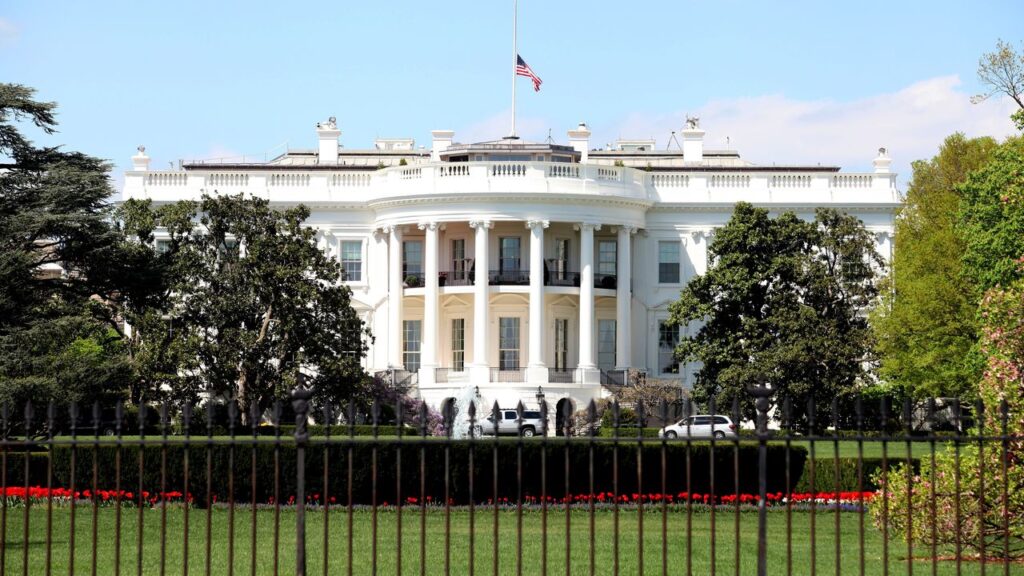Chester Arthur, the 21st president and successor to the assassinated James Garfield, set out to add a staunchly Victorian flair to the White House after he took office. His contributions included a giant Louis Comfort Tiffany screen and gilded tracery throughout, all the while putting a great deal of the home’s existing furnishings up for public auction.
1902: A classical renovation, courtesy of Roosevelt
Two decades later, Theodore Roosevelt enlisted the help of architectural firm McKim, Mead and White to oversee a much needed expansion of the presidential home, which would include the addition of the West Wing. The classically leaning design team also removed Arthur’s Victorian additions. According to the White House Historical Association, Roosevelt’s remodel transformed the home “from a crazy quilt of alterations over time into a cohesive statement of modern times.”
1942: An addition to conceal
Under Franklin Delano Roosevelt, an East Wing would be added with the primary mission of concealing an underground bunker now known as the Presidential Emergency Operations Center. Since then, the East Wing has generally served as office space for the first lady and her staff.



